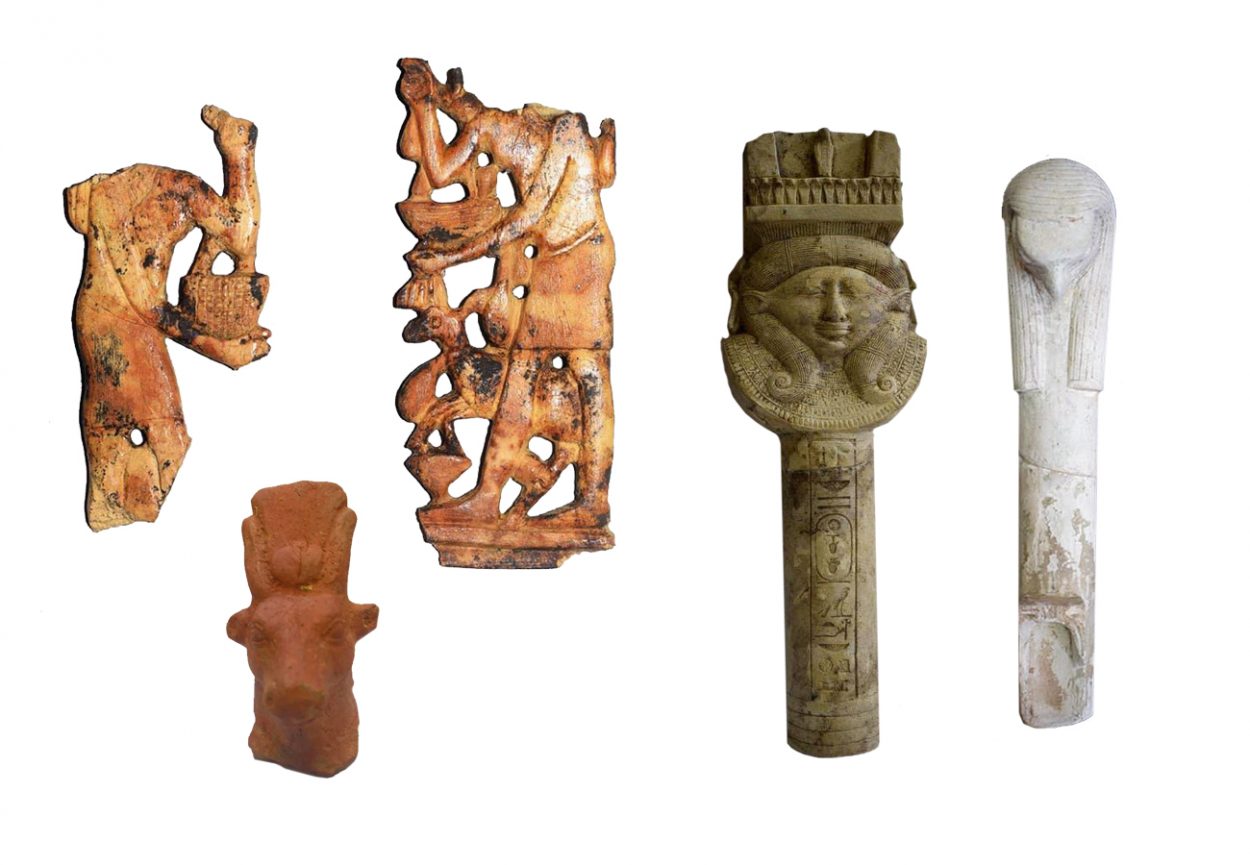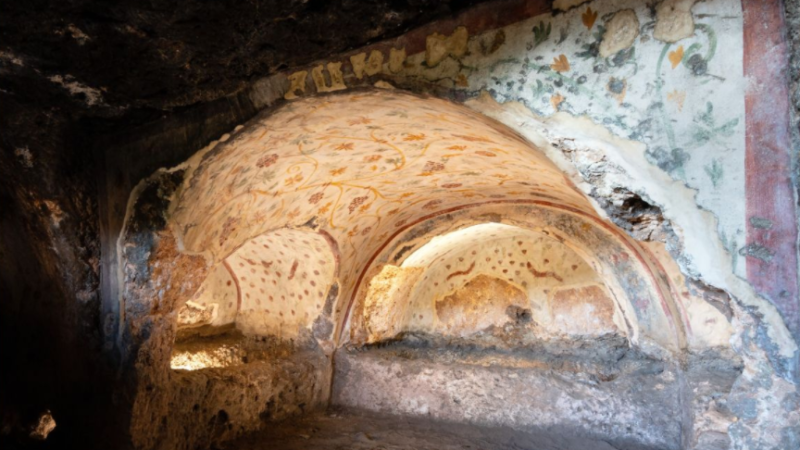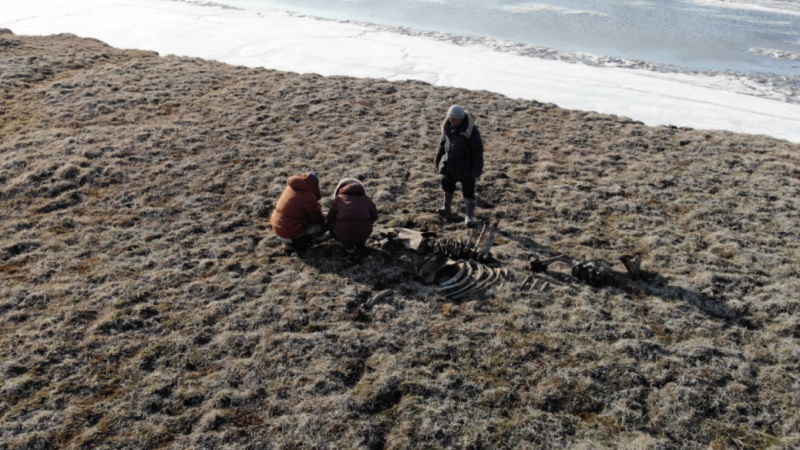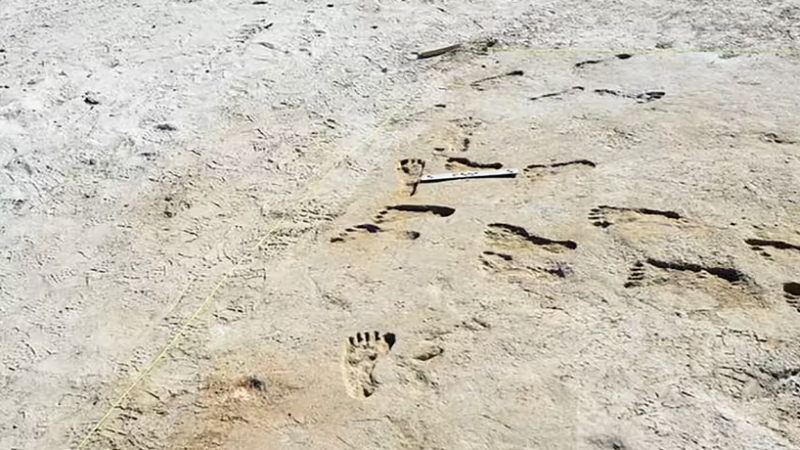Ritualistic artifacts found at Temple of the Pharaohs

Ritualistic artifacts
Ritualistic artifacts found at Temple of the Pharaohs. Archaeologists unearthing the “Sanctuary of the Pharaohs” (as it is presently called) at the antiquated city of Buto, around 59 miles (95 kilometers) east of Alexandria, in Egypt, have discovered 2,700-year-old instruments and figures that were utilized in customs for Hathor, the goddess of the sky.
The relics are related with a blend of divinities, in addition to the goddess of Hathor, that were adored in antiquated Egypt and were apparently revered at the sanctuary, the Egyptian Ministry of Tourism and Antiquities said in an assertion.

The finds incorporate incense burners made of faience, one of which has a picture of the god Horus on the top, Ayman Ashmawy, the chief general of the service’s exhuming division, said in the assertion. The finds likewise incorporate a udjat eye made out of gold. Udjat eyes were well known in old Egypt and were viewed as portrayals of the eye of the god Horus. They were at times seen by the old Egyptians as images of assurance and recuperating. The disclosures likewise incorporate little sculptures of the goddess Taweret, who was related with pregnancy and labor, and the god Thoth, who was related with the moon and learning.
Ashmawy additionally noticed that the finds incorporate ivories that portray ladies conveying contributions and scenes of day to day existence that included plants, birds and creatures. Also, they discovered relics that were recorded with symbolic representations.
A portion of the engravings notice the names of pharaohs, and archeologists had the option to conclude that the antiquities date to the 26th tradition (688 B.C. to 525 B.C.). During this time, Egypt acquired its autonomy from the Assyrians and Kushites, and it thrived for a period prior to being vanquished by the Persian Empire.
A few mud pots found at the site might have been utilized in sanctuary administrations. The finds additionally incorporate little bits of gold that might have been utilized to add gold plating to objects.
Article you might like:







